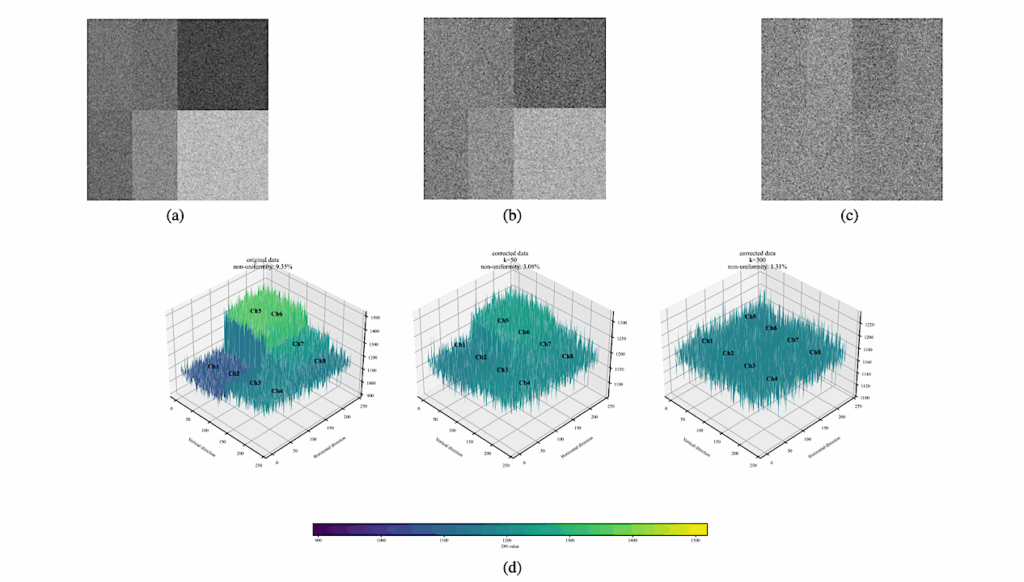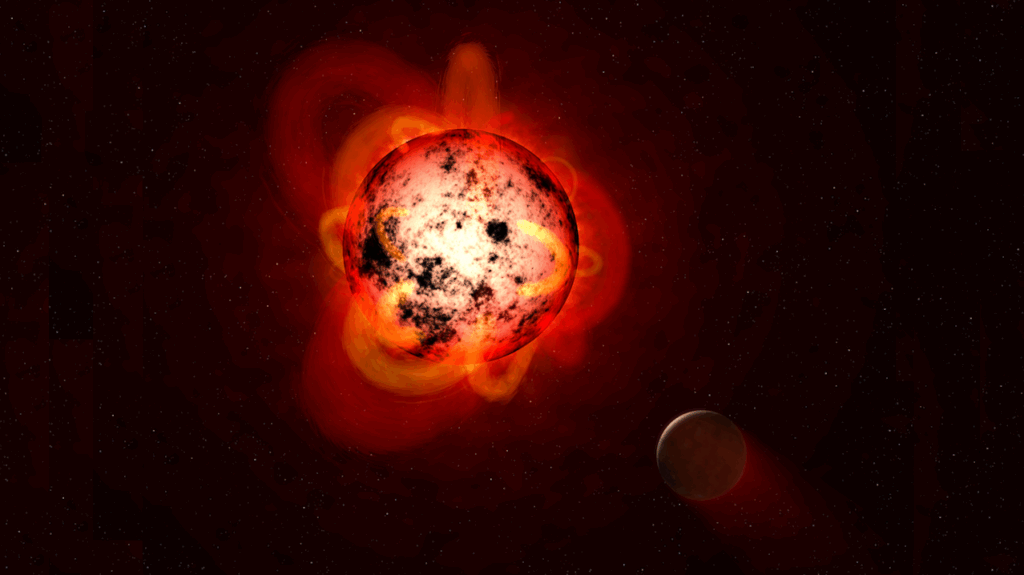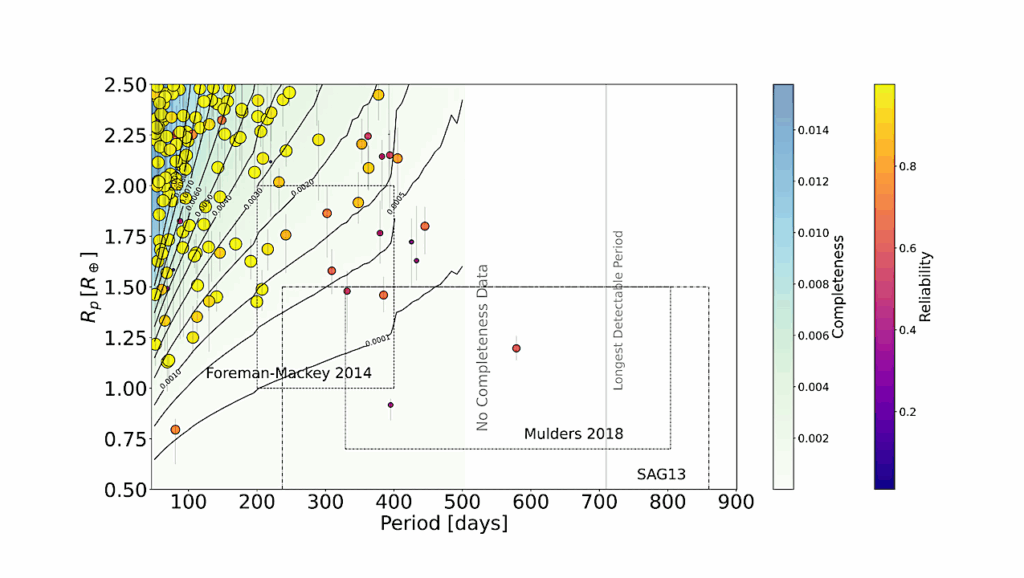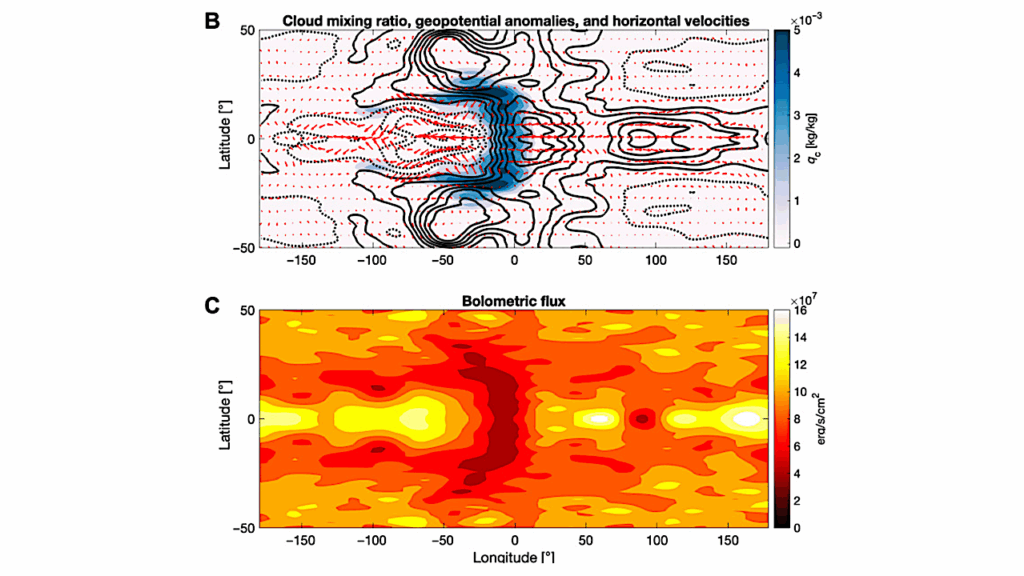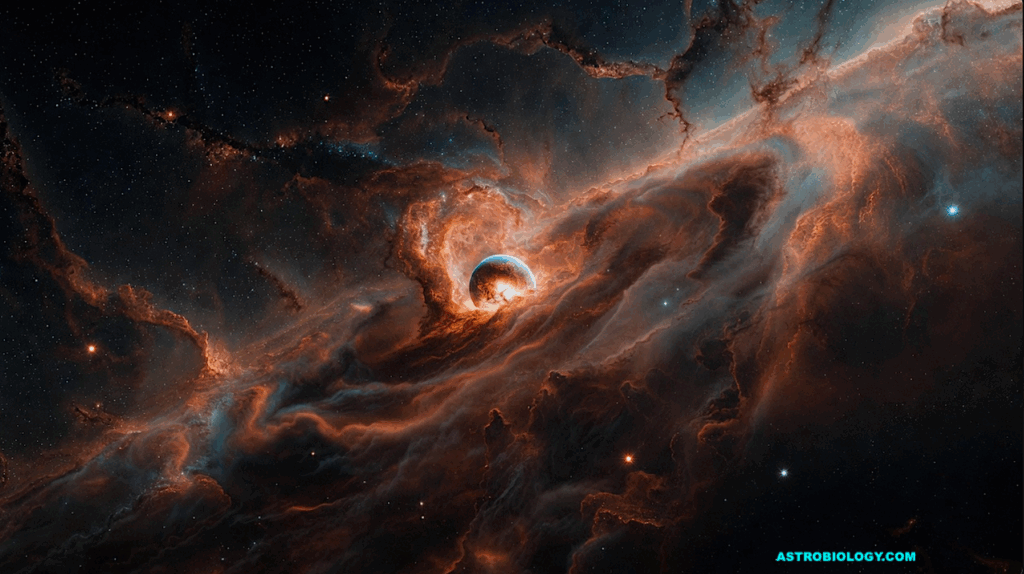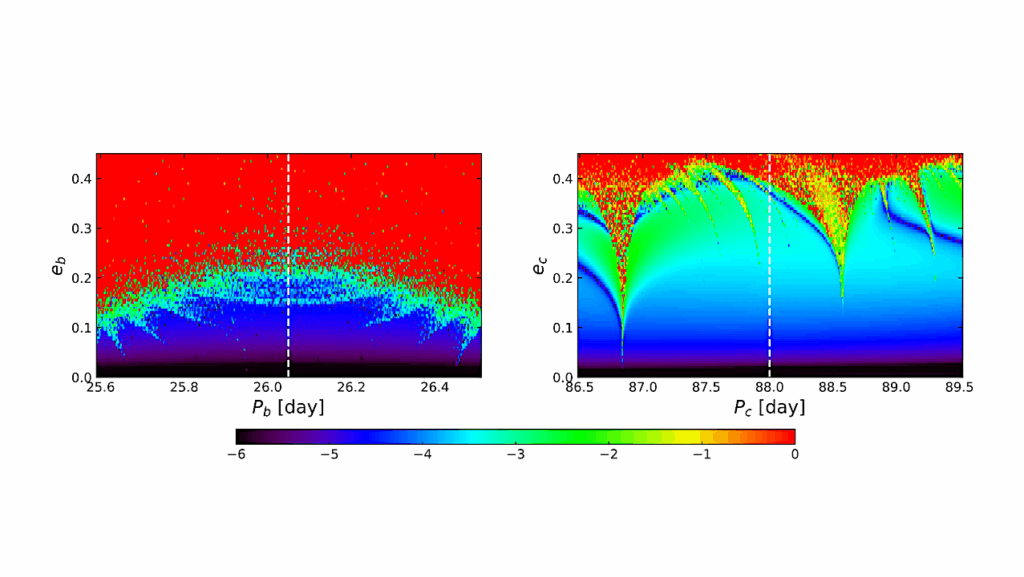Toward Finding Earth 2.0: Masses And Orbits Of Small Planets With Extreme Radial Velocity Precision

Having discovered that Earth-sized planets are common, we are now embarking on a journey to determine if Earth-like planets are also common.
Finding Earth-like planets is one of the most compelling endeavors of the 21st century – leading us toward finally answering the question: Are we alone? To achieve this forward-looking goal, we must determine the masses of the planets; the sizes of the planets, by themselves, are not sufficient for the determination of the bulk and atmospheric compositions. Masses, coupled with the radii, are crucial constraints on the bulk composition and interior structure of the planets and the composition of their atmospheres, including the search for biosignatures. Precision radial velocity is the most viable technique for providing essential mass and orbit information for spectroscopy of other Earths.
The development of high quality precision radial velocity instruments coupled to the building of the large telescope facilities like TMT and GMT or space-based platforms like EarthFinder can enable very high spectral resolution observations with extremely precise radial velocities on minute timescales to allow for the modeling and removal of radial velocity jitter. Over the next decade, the legacy of exoplanet astrophysics can be cemented firmly as part of humankind’s quest in finding the next Earth – but only if we can measure the masses and orbits of Earth-sized planets in habitable zone orbits around Sun-like stars.
David R. Ciardi (Caltech/IPAC-NExScI), Jacob Bean (University of Chicago), Jennifer Burt (MIT), Diana Dragomir (MIT/UNM), Eric Gaidos (University of Hawaii at Manoa), Marshall C. Johnson (The Ohio State University), Eliza Kempton (University of Maryland), Quinn Konopacky (UC San Diego), Michael Meyer (University of Michigan), Johanna Teske (Carnegie Institution), Lauren Weiss (University of Hawaii at Manoa), George Zhou (CfA-Harvard Smithsonian)
(Submitted on 13 Mar 2019)
Comments: Science White Paper Submitted to the Astro2020 Decadal Survey (35 co-signers in addition to co-authors)
Subjects: Earth and Planetary Astrophysics (astro-ph.EP)
Cite as: arXiv:1903.05665 [astro-ph.EP] (or arXiv:1903.05665v1 [astro-ph.EP] for this version)
Submission history
From: David Ciardi
[v1] Wed, 13 Mar 2019 18:29:04 UTC (2,616 KB)
https://arxiv.org/abs/1903.05665
Astrobiology


